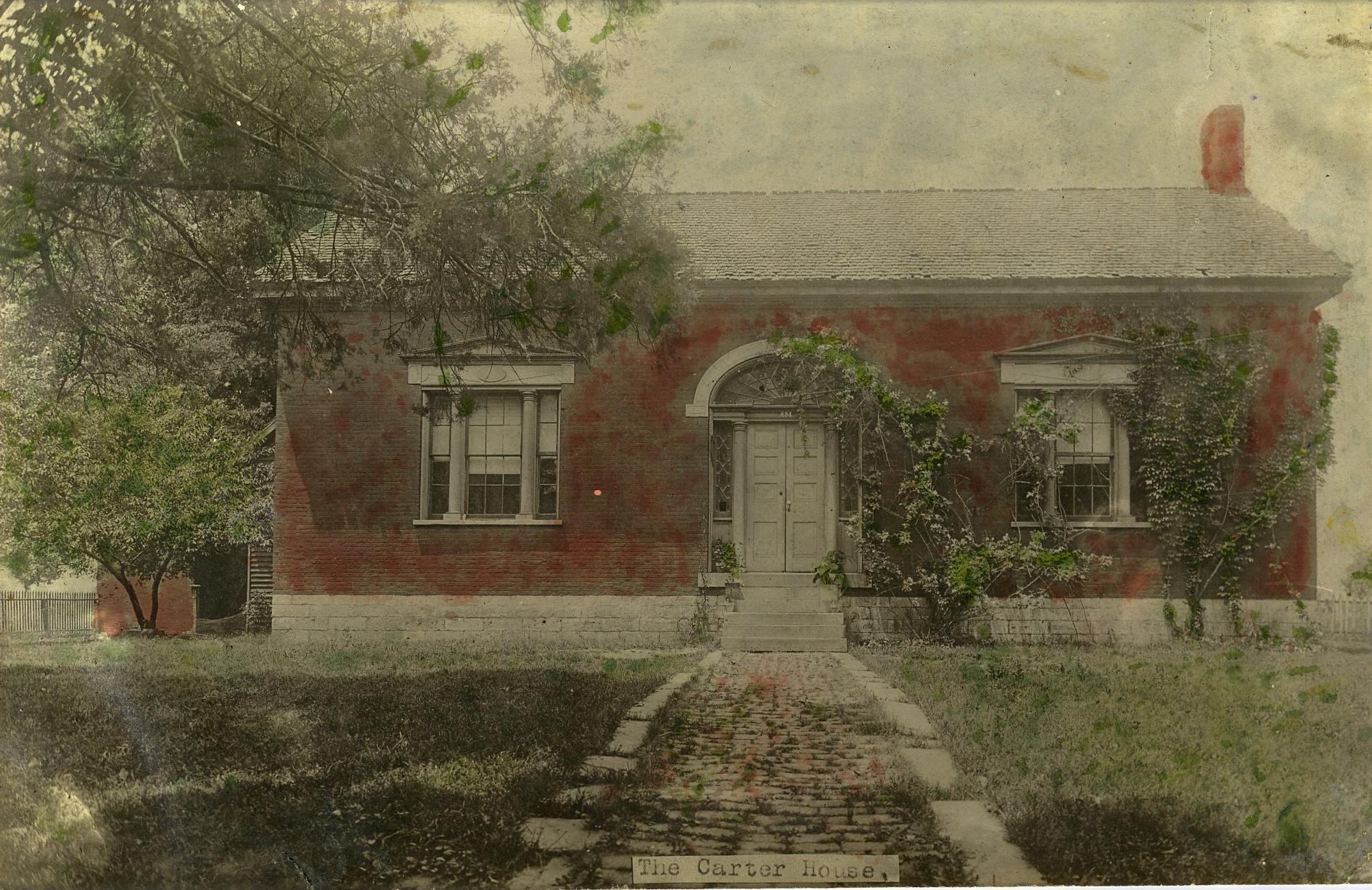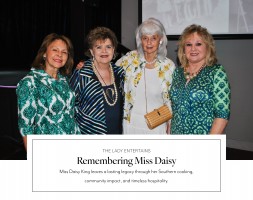
By Katie Shands
It’s a deeply moving experience to witness new life springing from the same ground that once held so much death. Yet each spring, that’s exactly what happens at the Carter House’s orchard and garden. Fruit trees blossom, and green seedlings push through the earth where thousands of men lost their lives nearly two centuries ago.
On November 30, 1864, the Carter farm became ground zero for the Battle of Franklin, one of the bloodiest fights of the Civil War. The Federals took over the family’s home as a headquarters and dug their main defensive line across the property. A portion of the breastworks ran through the Carters’ garden and orchard, which soldiers had previously chopped down for firewood and to build abatis. Late that afternoon, 20,000 Confederates attacked the entrenched Federals. The combat was savage and raged for several hours. Around midnight, the victorious Federals began their march toward Nashville, leaving a trail of devastation in Franklin.
In the wake of the war, the Carters, like so many others, struggled to rebuild their lives. The family continued to farm their land, but on a much smaller scale. Cotton had been their cash crop, but due to abolition and a changing economy, they were forced to reduce operations. In 1870, Moscow Carter, the eldest son of Fountain Branch Carter, replanted the garden and orchard that had been destroyed during the war. He sold some of the produce to supplement the family’s income, but the farm never regained its former profitability.
In 2012, Justin Stelter, the Director of Gardens and Grounds for the Battle of Franklin Trust, decided to recreate Moscow’s garden and orchard. However, he credits Williamson County Master Gardener Ron Novak with bringing the project to life. “Ron has done such an excellent job with the orchard and garden over the years that it is truly his. To have a volunteer as passionate and dedicated as he is—that’s truly a blessing to the community.”
Ron was able to recreate many details of the Carter House plantings, thanks to Moscow’s meticulous notes. He situated the garden at the former location of Moscow’s fall garden, using the same layout and vegetable varieties. Yellow squash, potatoes, beets and radishes are a few of the soil’s offerings.
Like the garden, the heirloom orchard was also designed based on Moscow’s journals. Although the present-day orchard is significantly smaller with sixty-seven trees compared to Moscow’s 400–the varieties and row order remain the same. “We have all seven varieties of his apple trees here,” says Ron. “Moscow had ten varieties of peaches, but I was only able to locate two of those. You can’t go to Lowe's or Home Depot for these trees. You have to buy them online.”
Not only are they hard to find, these heirloom trees are difficult to maintain. “These are such old varieties that they are very susceptible to disease,” explains Ron. “A lot of spraying has to be done over here.” The peach trees are particularly delicate. “Between the frost and the squirrels, I would not try to make a living growing peach trees in Tennessee.”


In addition to maintaining the heirloom plants and trees, Ron is working to preserve another historic practice. In 2014, he created a traditional Osage-orange hedge alongside the garden and orchard. After growing 150 trees from seed in his garage, he transplanted them onto the Carter House property, forming a 225-foot hedge. “It used to be a popular way to keep a fence line. Barbed wire was available, but it was too expensive. Plus, Osage-orange trees last so long. It’s one of the hardest woods with a very deep root, and the trees are so dense that insects don’t like them.” Ron notes that the Osage-orange tree has an interesting history of its own. “The Indians used the trees for bows and arrows because it’s very pliable wood but doesn’t break.”
Ron’s passion for history and gardening is undeniable. He devotes more than 350 hours annually in caring for the Carter House’s orchard and garden. However, he doesn’t work alone. A team of volunteers from the Williamson County Master Gardeners Association dedicates countless hours to maintaining the plants and trees. “The Master Gardeners’ mission is to provide horticultural education and information to not only the members, but the general public,” says Ron. “It’s a way of giving back to the community.”
Through their dedication, Ron and his team strive to bridge the gap between the past and present. “We want to make a way for visitors to step back in history, to show how the Carters tried to rebuild their lives through the land where so much blood was shed.” Indeed, at the Carter House, the soil beneath guests’ feet is both a resting place and a cradle, always remembering, always renewing. “This is hallowed ground,” says Ron. “It’s an important part of the historic landscape we have here.”
For more information about the Williamson County Master Gardeners Association, visit wcmga.net.
“Ron has done such an excellent job with the orchard and garden over the years that it is truly his. To have a volunteer as passionate and dedicated as he is—that’s truly a blessing to the community.”
- Justin Stelter




















